Selecting the ideal surface area for a trampoline is a crucial decision that directly impacts both safety and performance. Beyond merely finding a flat spot in the yard, several considerations come into play to ensure an optimal trampoline experience.

Whether you are setting up a trampoline in your backyard for recreational use or adhering to specific guidelines for a commercial trampoline park, understanding these factors will contribute to a safer and more satisfying bouncing experience.
Ideal Surface Area For Trampoline
1. Flat and Level Ground
Choose a location that is flat and level to provide a stable base for the trampoline. Uneven ground can lead to an unstable surface, increasing the risk of accidents.
2. Adequate Clearance
Ensure that there is enough overhead clearance for the trampoline. Avoid placing it near trees, branches, fences, or any other obstacles that could pose a danger.
3. Soft Landing Surface
Place the trampoline on a soft surface to minimize the impact in case of falls. Options include grass, sand, wood chips, or specialized trampoline safety mats. Avoid placing it on hard surfaces like concrete or asphalt.
4. Good Drainage
Ensure proper drainage to prevent water accumulation under the trampoline. Prolonged exposure to moisture can lead to rust and deterioration of the trampoline components.
5. Secure Anchoring
If your trampoline is not an in-ground model, make sure it is securely anchored to the ground. This helps prevent the trampoline from tipping over during use, especially in windy conditions.
6. Sufficient Space Around the Trampoline
Leave enough space around the trampoline for safe entry and exit. A clear area of at least 6-10 feet around the trampoline is recommended to avoid collisions with other objects or structures.
7. Consider Sun Exposure
While not directly related to surface area, it's worth considering the sun exposure of the chosen location. Prolonged exposure to direct sunlight can cause the trampoline's materials to deteriorate over time. If possible, choose a location with some shade.

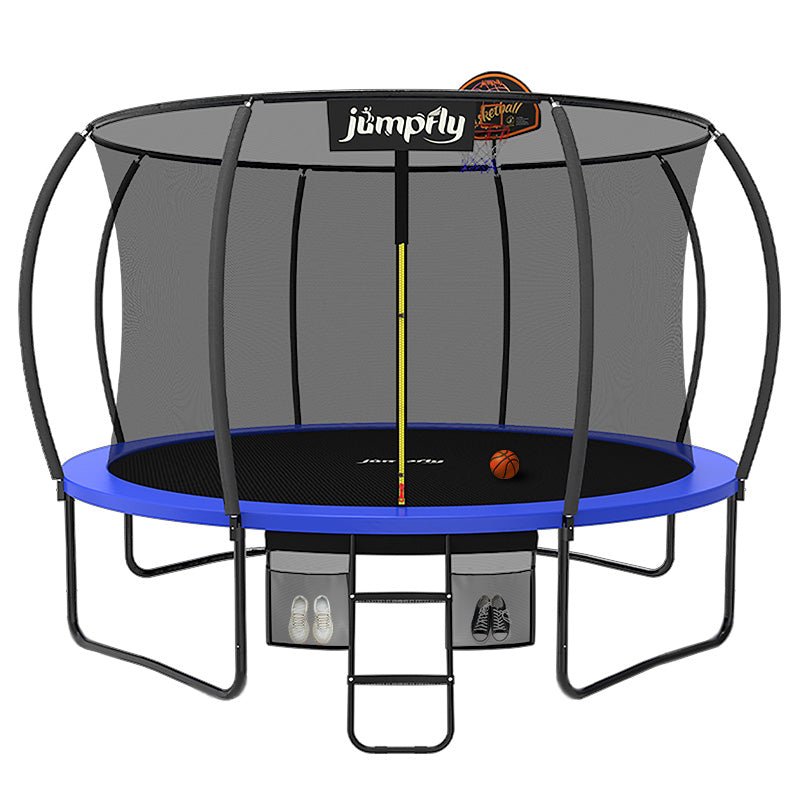
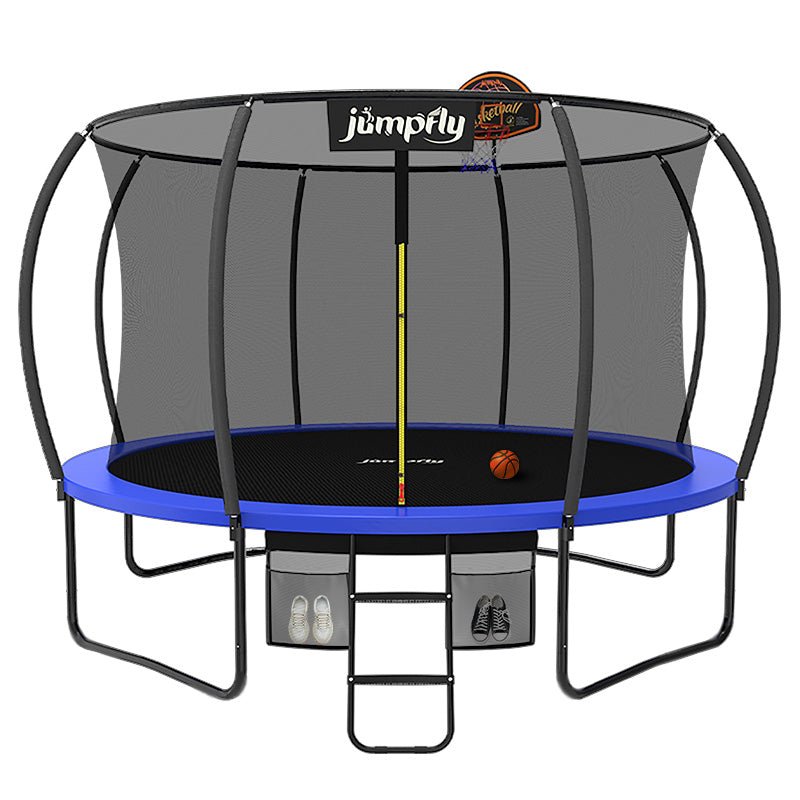
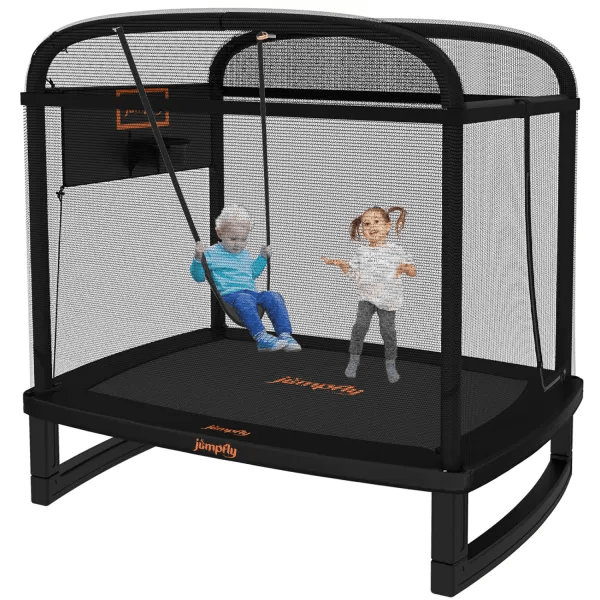
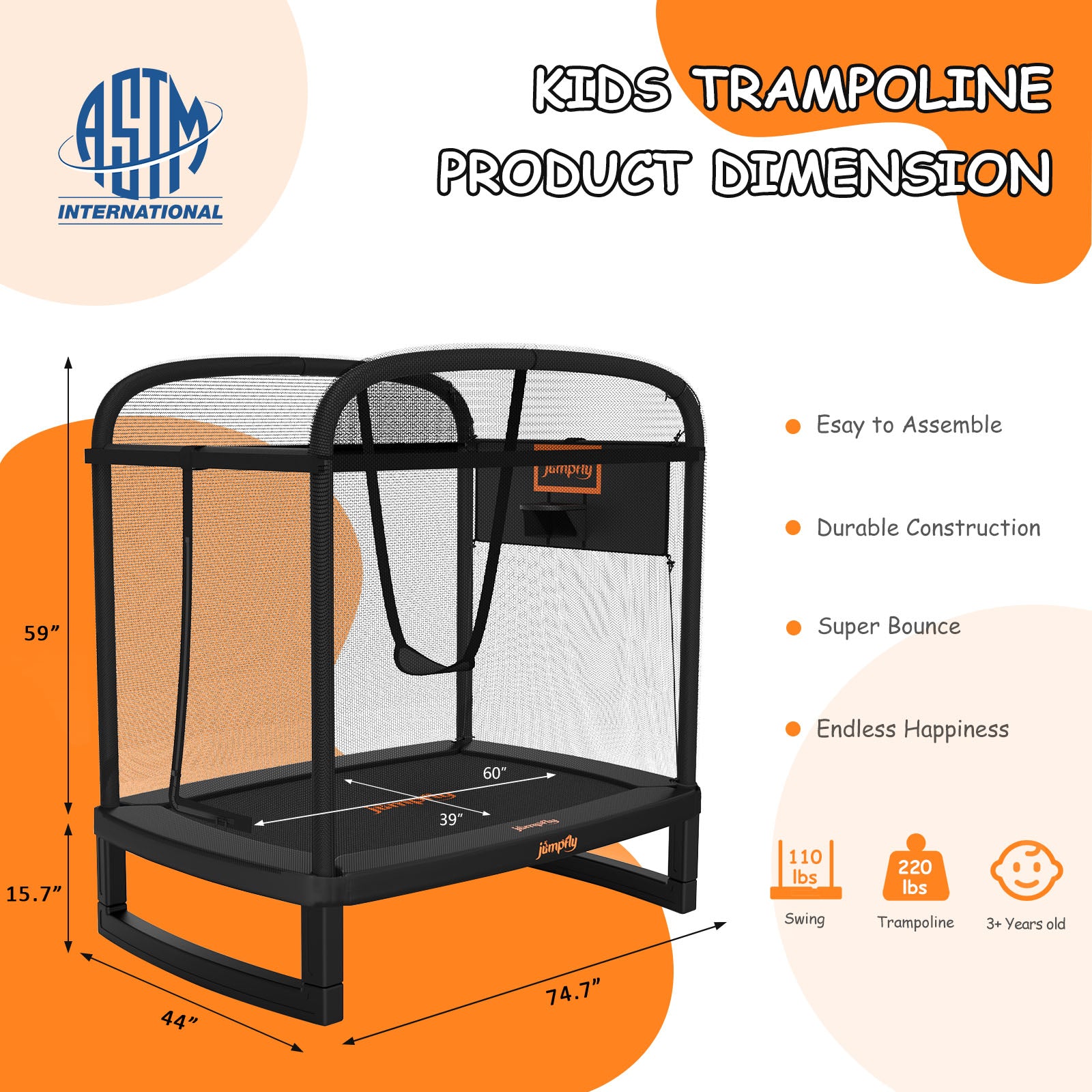
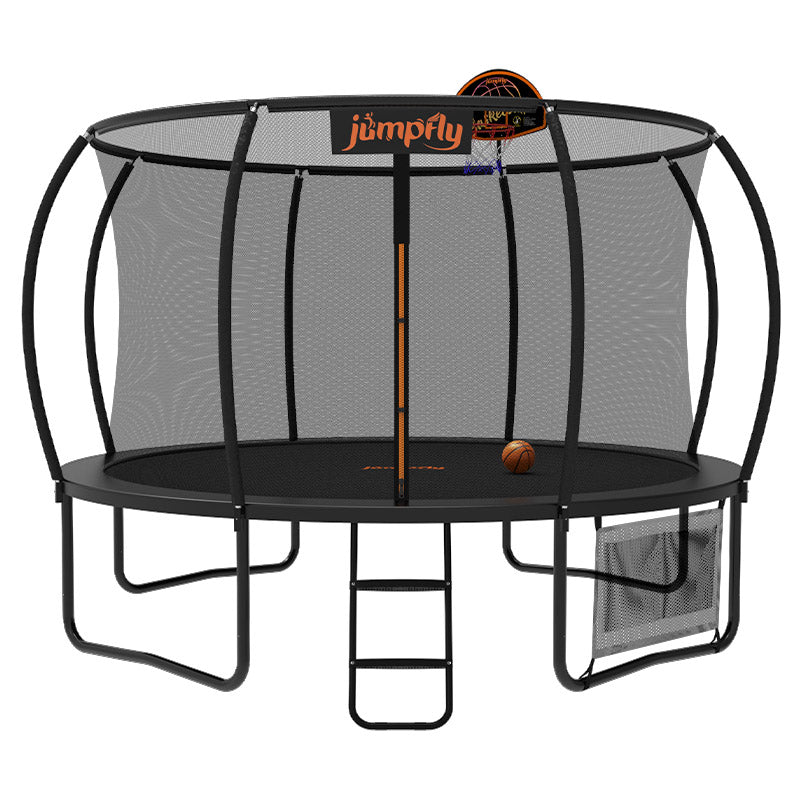

Leave a comment
All comments are moderated before being published.
This site is protected by hCaptcha and the hCaptcha Privacy Policy and Terms of Service apply.